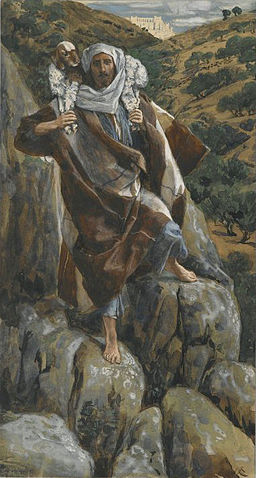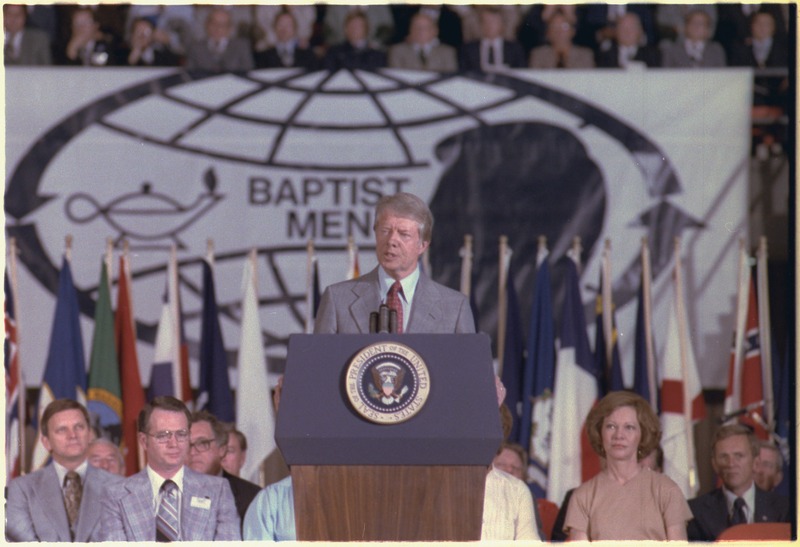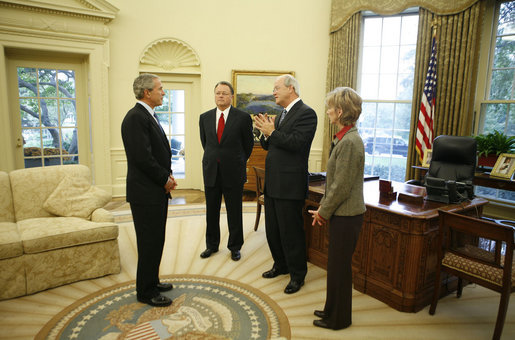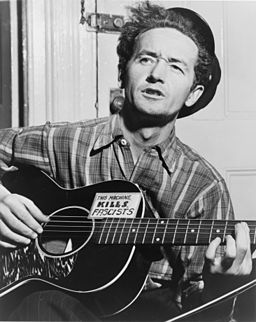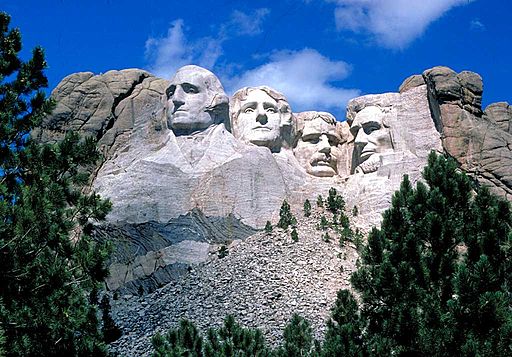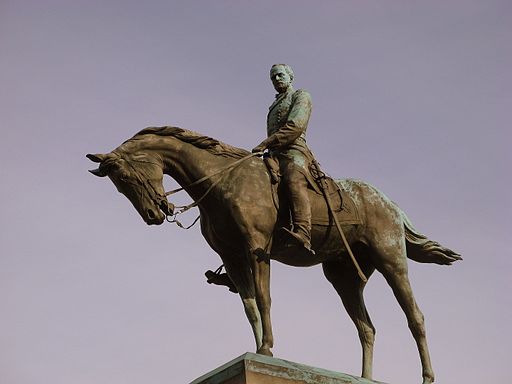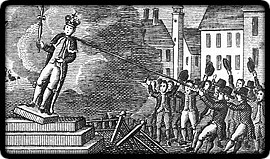Enough Already
— Martin Luther King, Jr. (1929-1968)
It’s been 154 years since the Civil War ended and still Southern white supremacists expect everyone else in the country to walk on eggshells around them so as not to upset their mythology or the chips on their shoulders. Yesterday, July 13, was Nathan Bedford Forrest Day in Tennessee, a holiday there since 1931, when it seemed like a good idea to commemorate a Confederate general who murdered captive black Union soldiers during the war, and after it became the first national leader of the Ku Klux Klan (KKK). Now it’s 2019, and Tennessee Governor Bill Lee‘s lame excuse for continuing the practice is that it is what’s expected of him under the law, even though he could push to have the law changed if he had the political will and courage.
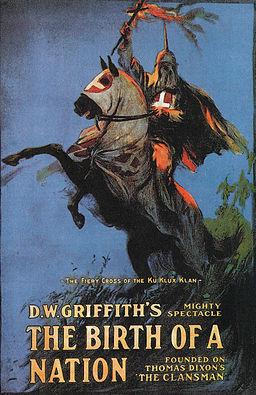
Theater poster for the 1915 D.W. Griffith film The Birth of a Nation. The movie glorified the KKK and set the stage for the organization’s resurgence shortly afterward.
A clip from an August 2017 episode of The Late Show with Stephen Colbert which aired shortly after the Unite the Right rally in Charlottesville, Virginia.
After a generation has passed, will we erect monuments to the malignant culture that has grown within Immigration and Customs Enforcement (ICE) and the Border Patrol? Will we celebrate the concentration camps for brown-skinned immigrants at “detention sites” from Texas to California and elsewhere around the country? Stopping the cancerous growth of white supremacy will require more decent white people standing up to it and saying “enough already”, an outspoken attitude of noble and righteous indignation that is long past overdue, as evidenced by a state still celebrating in 2019 the hateful heritage of Nathan Bedford Forrest.
— Vita 

